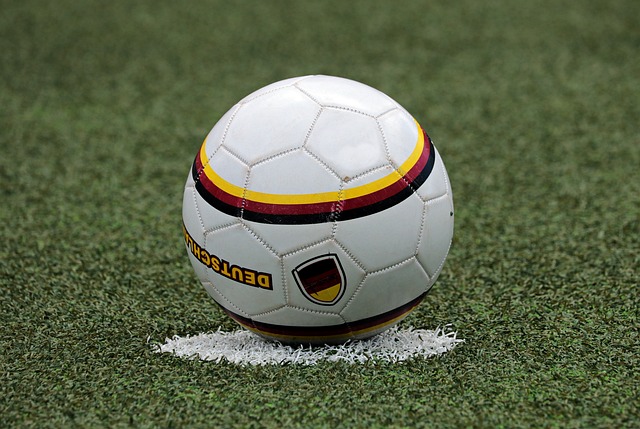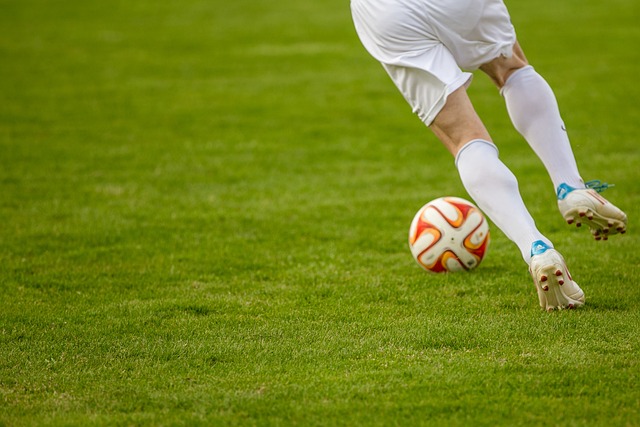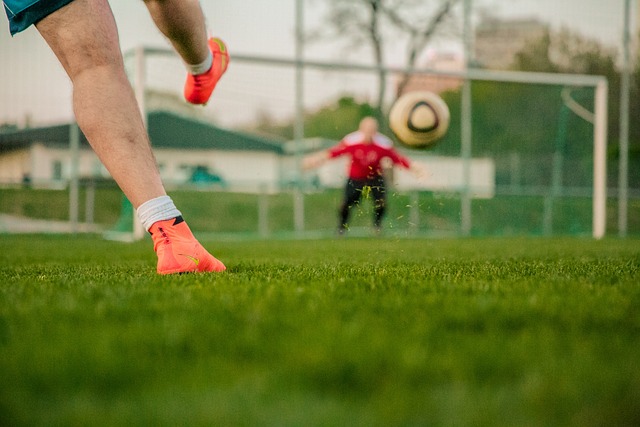Weather is a market mover, but only when you translate conditions into possessions, efficiency, and pace. Wind changes ball flight. Turf changes footing and speed. Together they bend totals and props—sometimes by a little, sometimes a lot.
Wind: the biggest on-field lever
Wind alters accuracy, distance, and play-calling. Crosswinds hit accuracy; headwinds shorten kicks and deep balls; tailwinds can inflate totals for a quarter before switching ends. Treat direction and stability, not just speed, as inputs.
Model impact by phase. Passing depth, field-goal range, and punt net all compress in 12–20+ mph sustained winds. Teams respond with more rushes and shorter throws, which lowers explosive-play rate and introduces clock bleed.
Quick rules of thumb
- <10 mph: minimal effect; price noise conservatively.
- 10–15 mph: shave deep targets and long FG success a bit.
- 15–20+ mph sustained or gusty: meaningful under bias; boost RB/TE and short-AoS props.
Turf and surface: speed vs. traction

“Fast” turf increases separation and YAC; “heavy” or wet surfaces reduce burst and extend time to top speed. On grass, rain plus temperature affects footing more than light wind; on firm turf, quick cuts remain viable longer.
Translate surface into play-type efficiency. Slower footing reduces outside runs and wide-breaking routes, favoring between-the-tackles volume and in-breaking patterns. Kicking plants slip more on wet grass than on turf, widening variance on longer attempts.
Small reference table
| Condition | Likely Effect | Markets to Nudge |
|---|---|---|
| 15–20+ mph cross/head | Fewer explosives, shorter FGs | Unders, RB carries over |
| Light rain on turf | Minor skid, offense still fast | Caution on fumbles, small tilt |
| Rain on grass (“heavy”) | Cuts slower, drive length shrinks | Unders, shortest FG attempts |
| Extreme heat | Tempo fades late, more rotations | 2H unders, rush attempts over |
| Cold + light wind | Little yardage tax, kicking modestly | Slight FG under, neutral total |
Totals and derivatives: turn weather into numbers
Start with the market total. Convert to expected plays × points per play. Apply small, additive deltas from weather: plays fall in wind/rain; points per play drop with reduced depth and kicking.
Price derivatives that move sooner than sides/totals. Kicker longest-made FG unders, QB/WR long reception unders, and RB carries overs often adjust slower and with less correlation tax. Avoid stacking three weather-linked unders into one same-game parlay; books clamp correlation.
Build two scripts per forecast. If wind is gusty or directionally unstable, you need “calm windows” where offenses briefly open up. Enter live on stalls (missed FG, long punt) rather than chasing after a wind-aided drive.
Data discipline and common traps
Weather reports are snapshots. Stadium orientation, canopies, and swirling bowls break straight-line assumptions. Use sustained wind over gust headlines when deciding stake; gusts create variance, not always EV.
Don’t anchor to highlight storms that move out pre-kick. Re-check 60/30/10 minutes before start. If flags relax and totals don’t, there’s value the other way—especially on props still shaded by morning panic.
Pre-bet checklist
- Confirm sustained wind speed/direction at field level.
- Identify surface (grass vs. turf) and recent maintenance/coverage.
- Translate into three deltas: plays, explosiveness, kicking range.
- Shop derivatives first (FG distance, long reception, carries).
- Re-scan close to start; be willing to unwind if conditions ease.
Sport-specific notes you can apply fast

Football: Head/crosswinds of 15+ mph trim net yards per attempt and drop long-FG make rates sharply. Expect more fourth-down tries in no-man’s-land; that slightly offsets total unders but boosts RB and short-target props.
Soccer: Heavy pitches mute pressing and reduce transition speed; totals lean under and corner counts can drop if entries aren’t whipped in. Tailwind halves often show asymmetric shot maps—first-half totals sometimes misprice the switch.
Baseball: Wind in knocks down HR/extra-base probability; wind out inflates it. Cold temps suppress carry. Park geometry plus wind angle matters more than raw mph; a crosswind can spike foul flyouts without changing total EV much.
